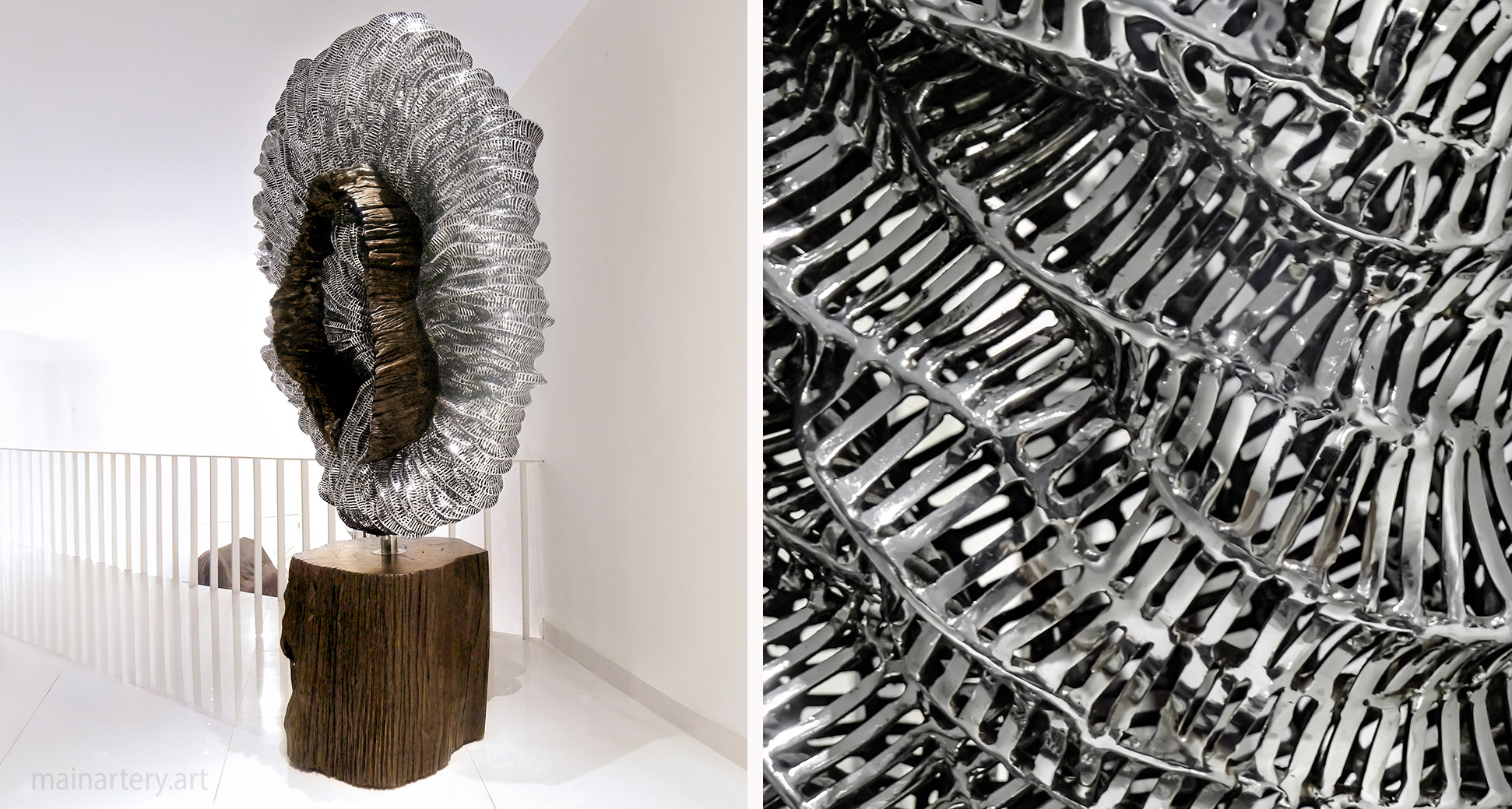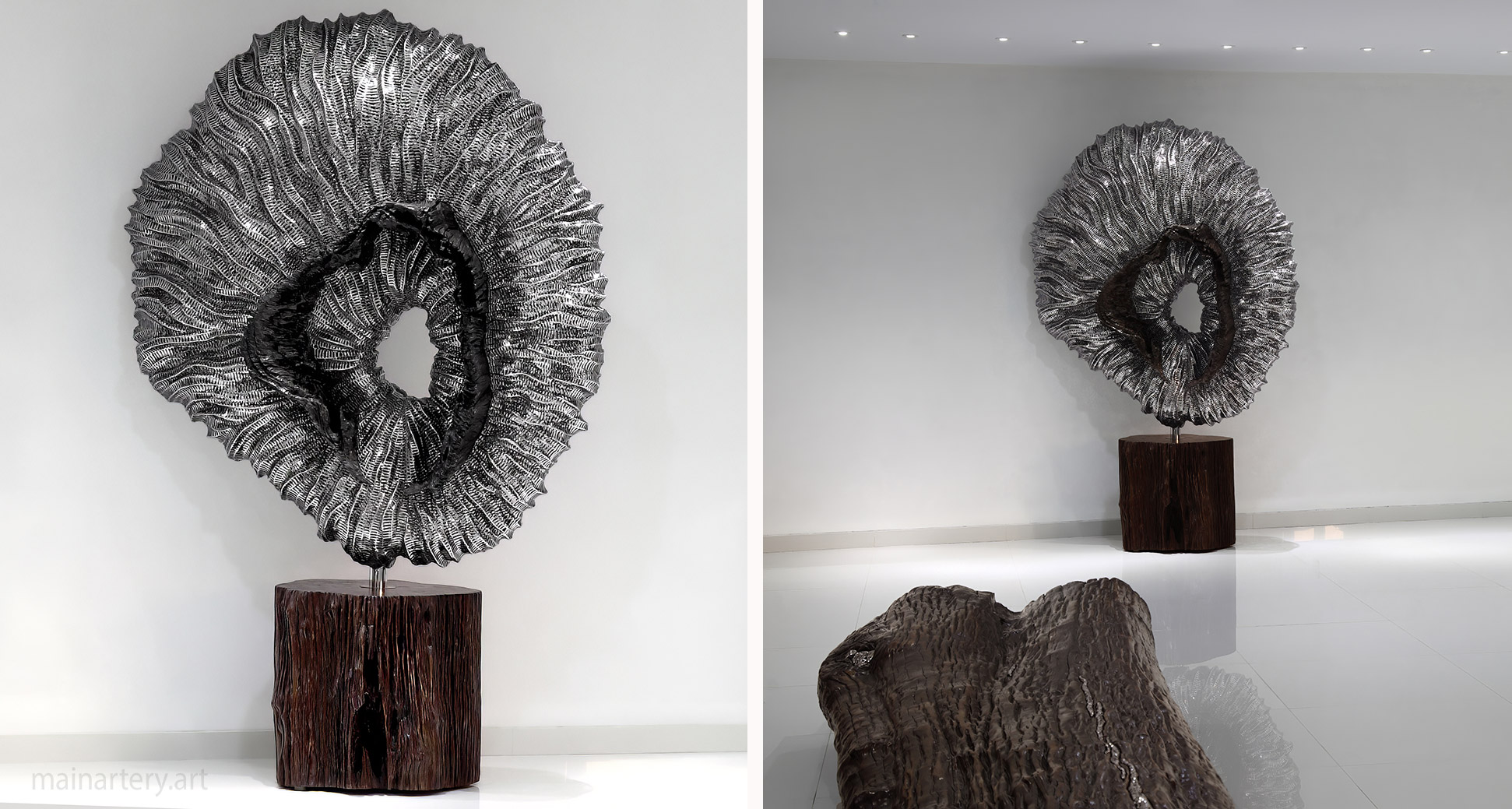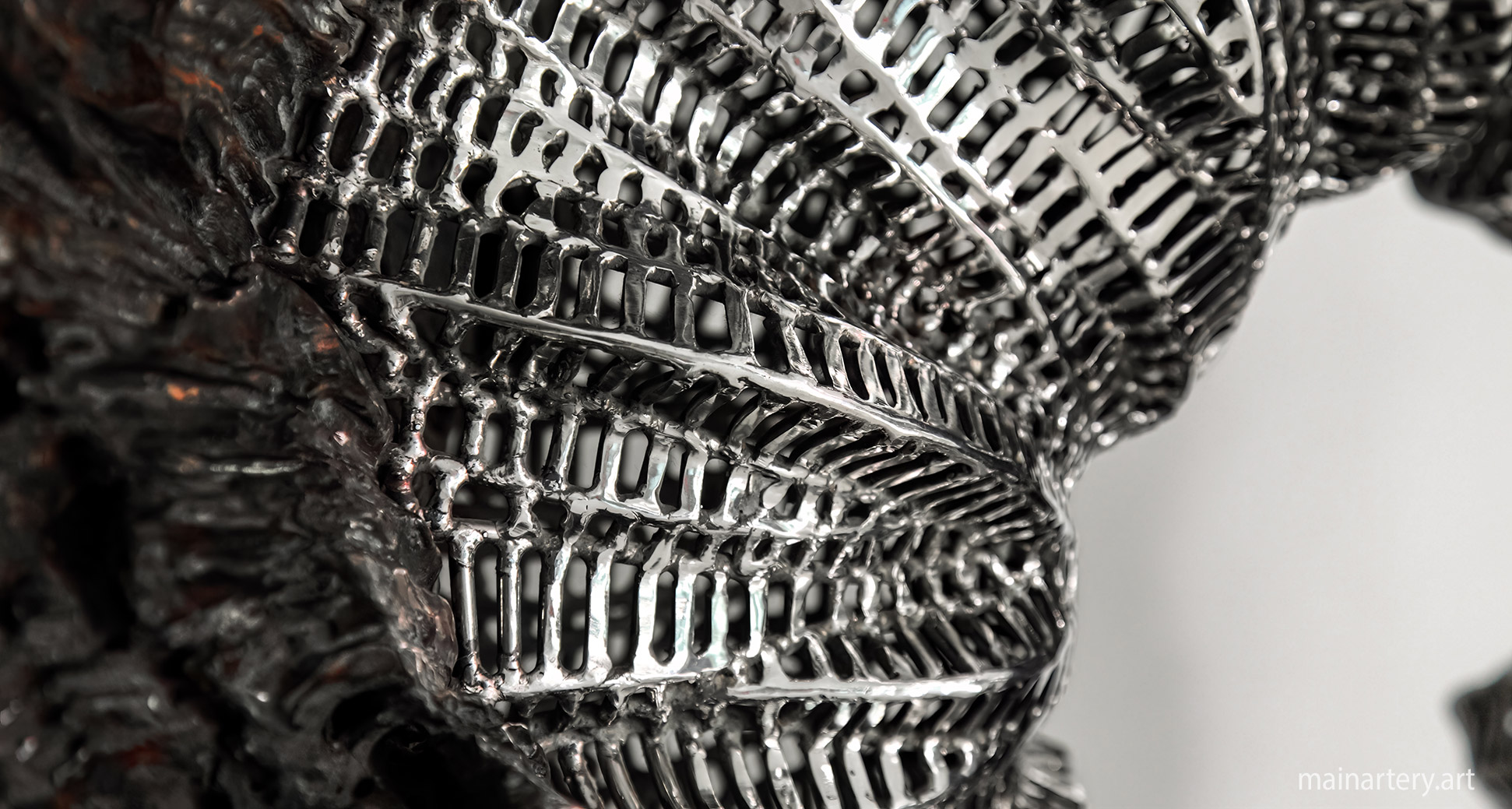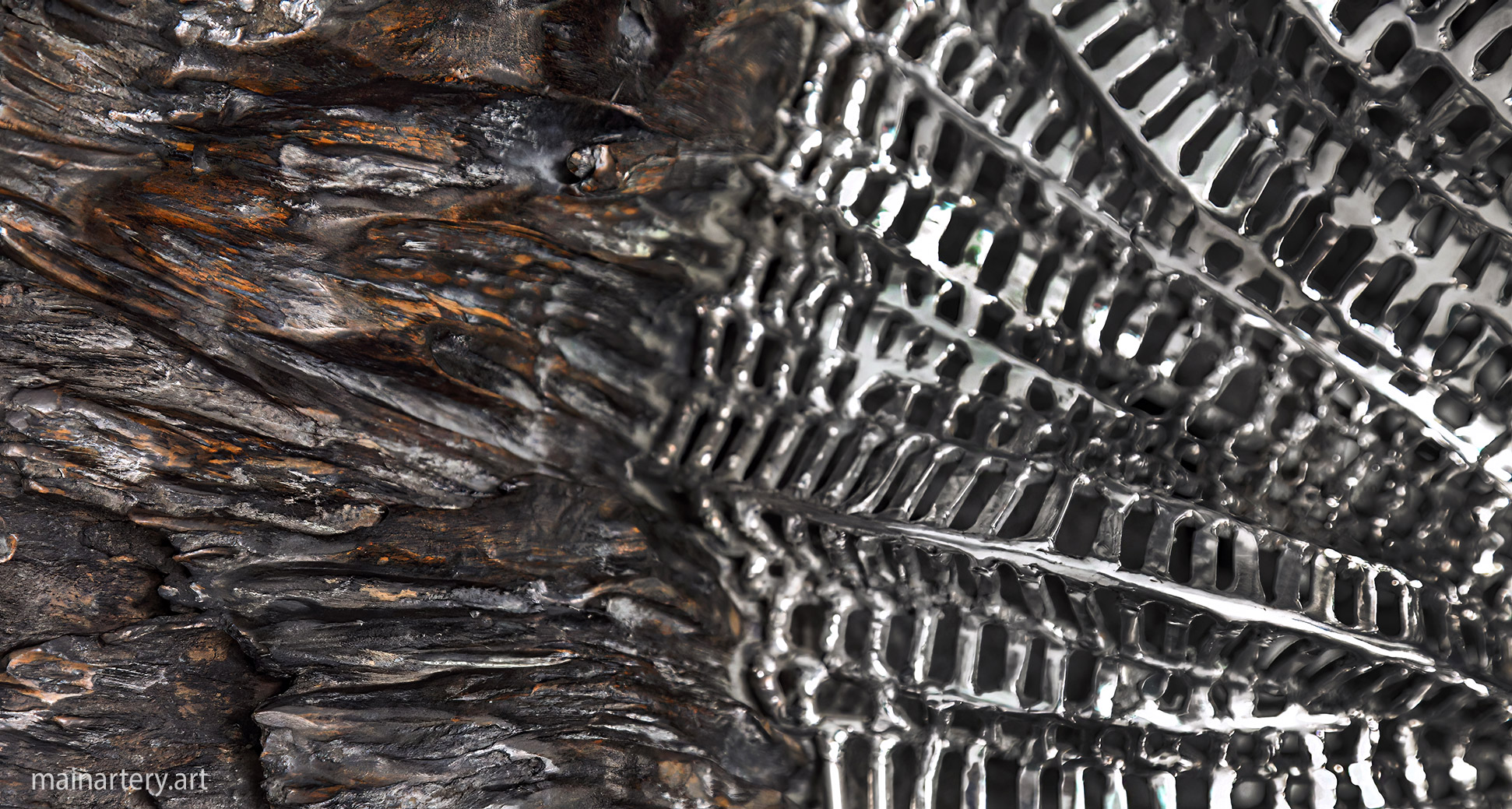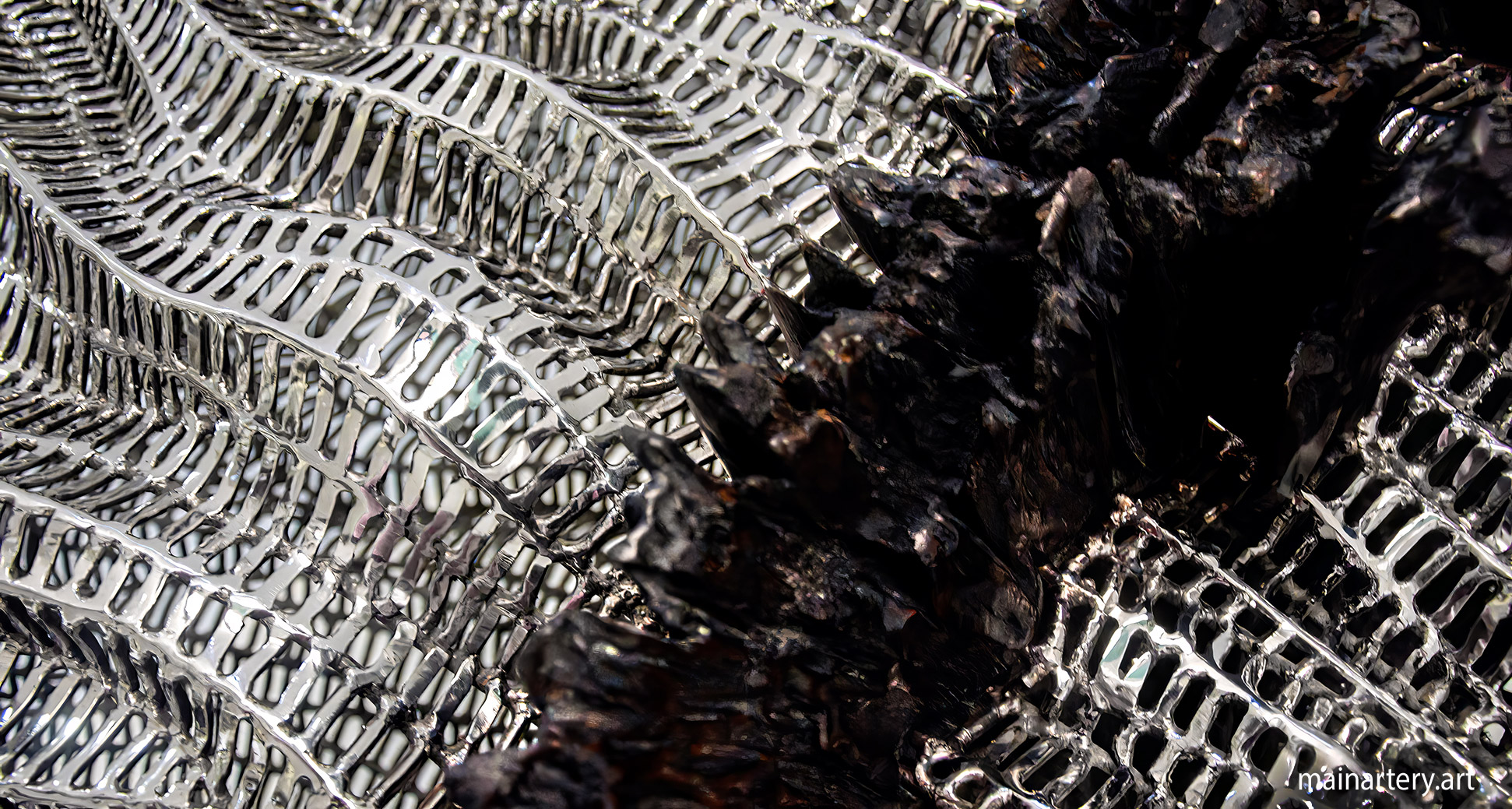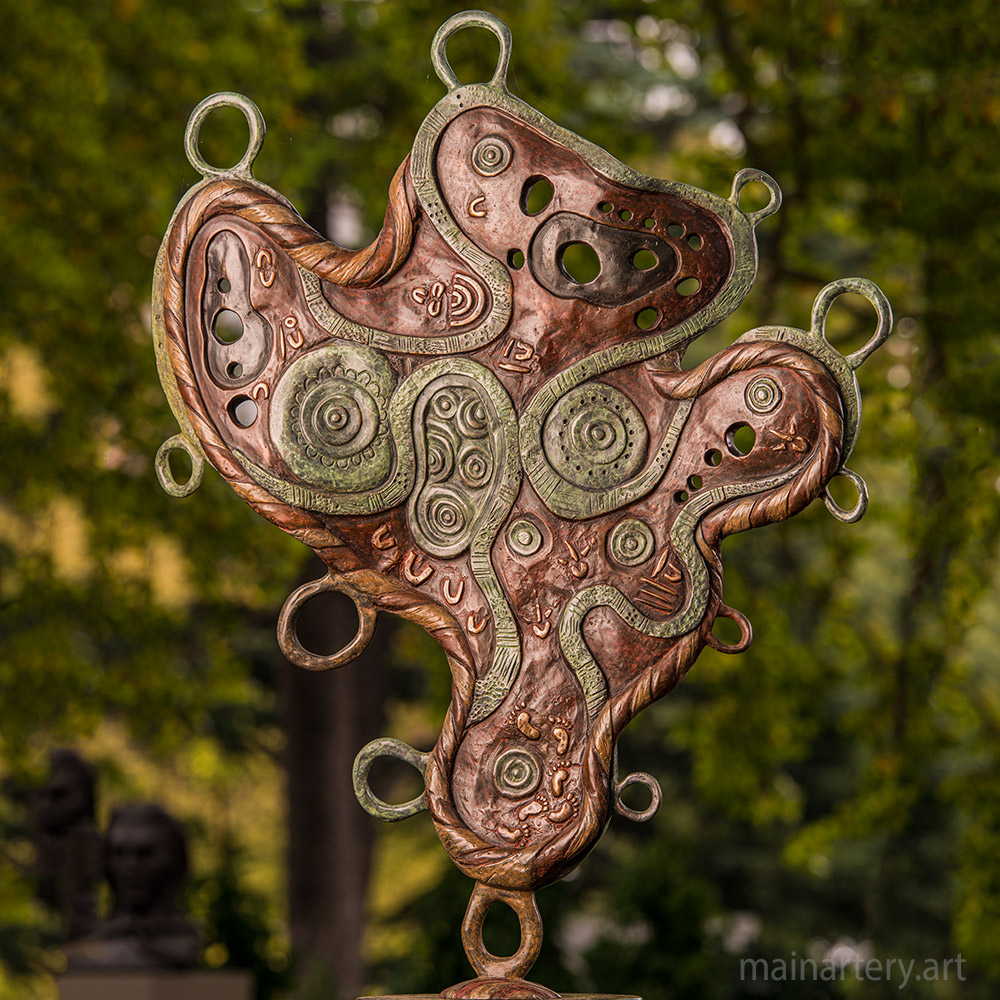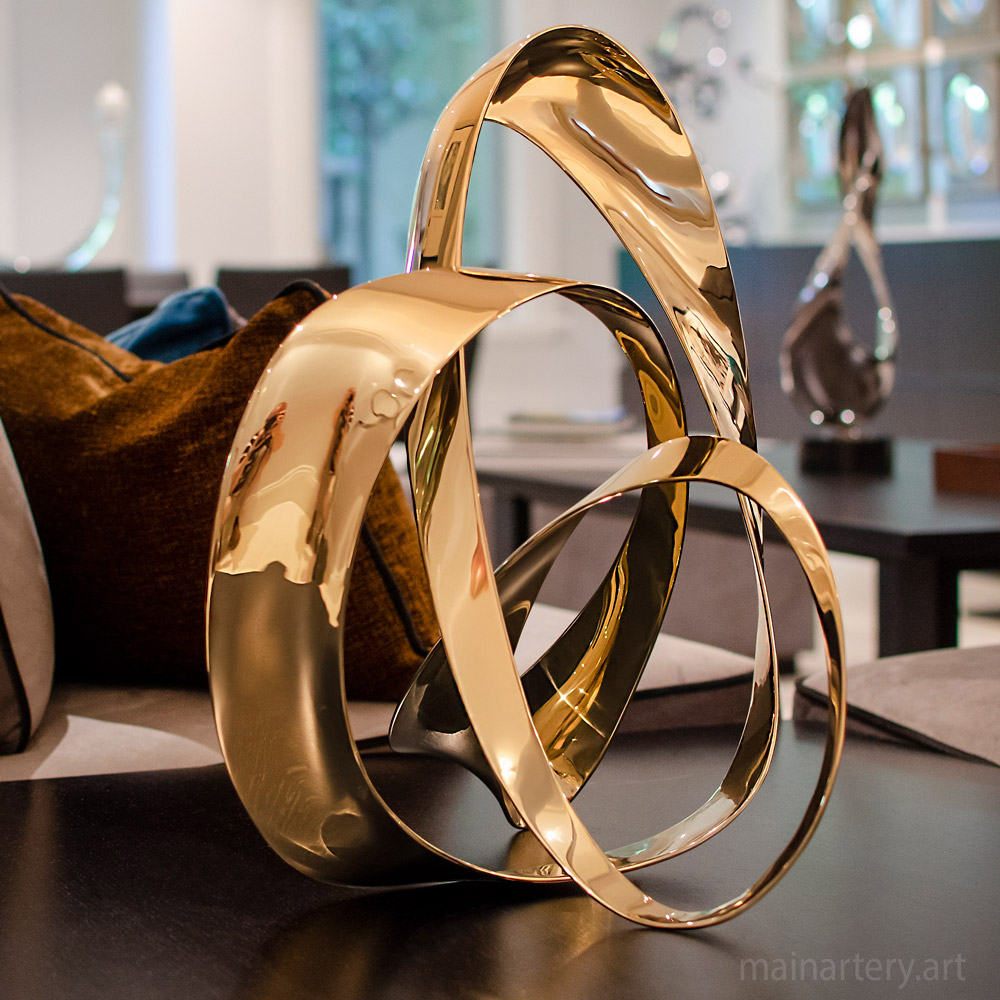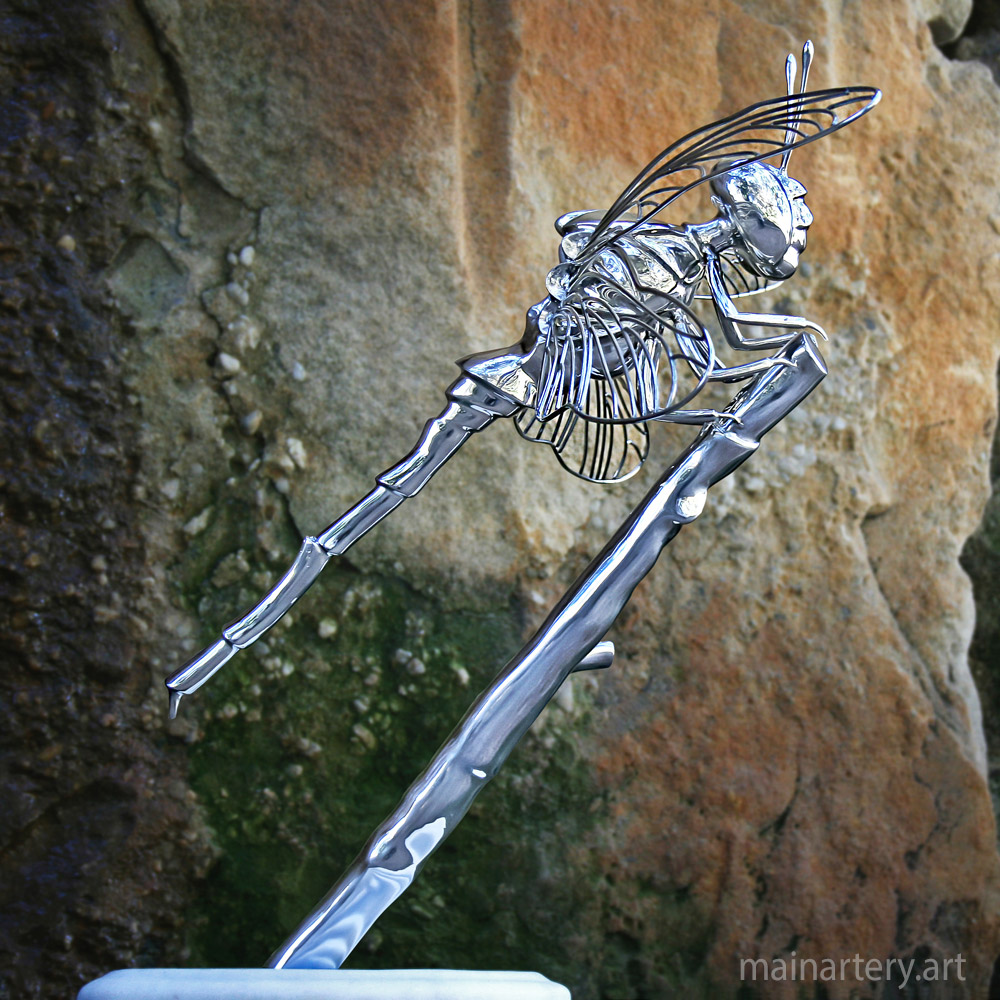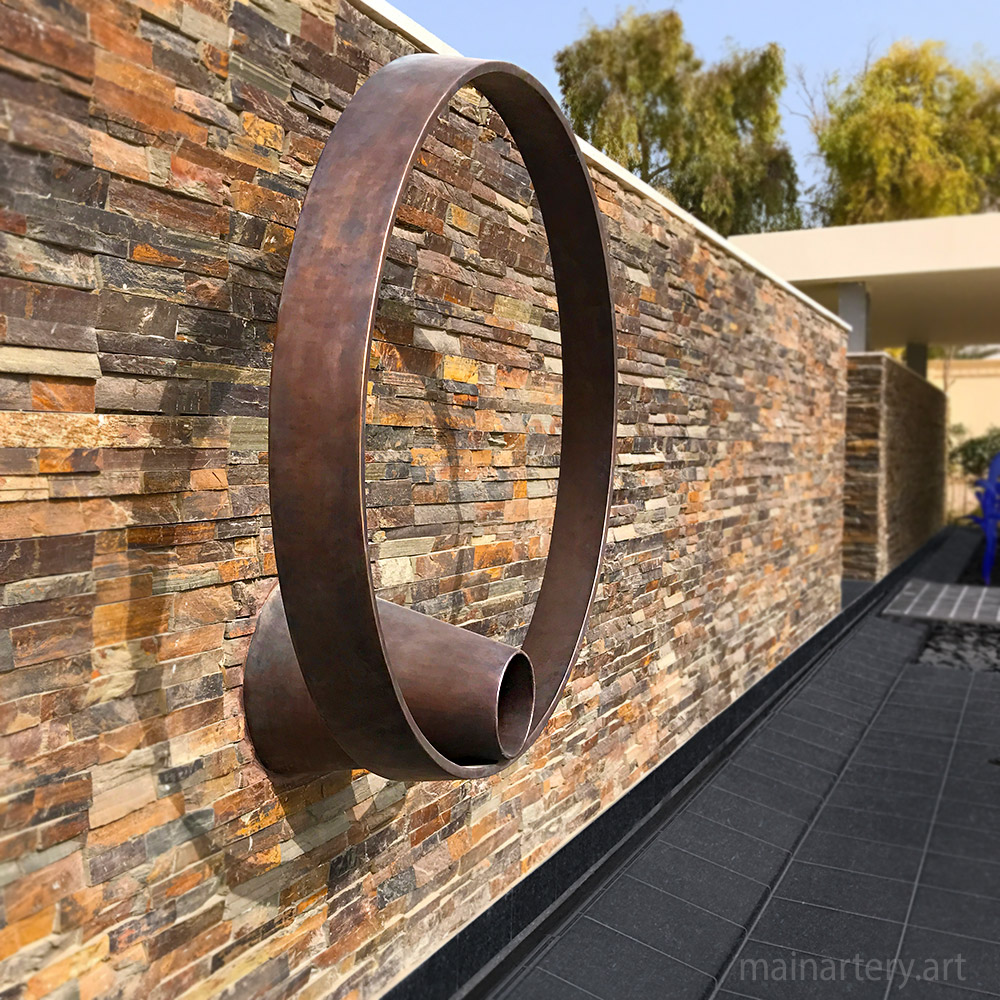Description
According to Jungian psychology, the cyclopes’ round eye represents a psychic aspect that has not yet split into two, suggesting a primordial wholeness and another way of seeing. The sculpture’s radiance also recalls Greek myth, which holds that cyclopes inhabited caverns from which they produced the fiery miracle of the thunderbolt. Producing light from darkness parallels Jung’s vision of mankind: ‘the sole purpose of human existence is to kindle a light in the darkness of mere being’.
Cyclops—Enlightened Vision in a Rounded Realm
“Cyclops” delves into a single, all-seeing perspective drawn from both Greek mythology and Jungian psychology. Cast as a primordial round stainless sculpture, it marries the legendary cyclops—fiery blacksmith of thunderbolts—to Jung’s notion that a “not-yet-split psychic aspect” embodies primal wholeness. Radiating from a polished surface, the piece suggests a cosmic eye that transforms darkness into illumination.
Producing Light from Darkness—Kindling Flames in Caverns
Greek myth recounts cyclopes as giant cave-dwellers forging Zeus’s thunderbolts—a stark image of brilliance emerging from gloom. In “Cyclops,” the sculptor reimagines this mythical energy in stainless steel, contoured to channel heatlike reflections. The swirl of arcs or lines around a central “eye” might evoke forging sparks, golden flares dancing across metal. Observers sense hidden potential in this luminous circle, bridging the netherworld of subterranean caverns with the everyday world bathed in light.
A Jungian Approach—The Psychic Aspect Yet to Split
According to Jung, the cyclops’s single eye hints at an undivided consciousness: an archaic state preceding humanity’s dualistic perceptions (self/other, good/evil). By sculpting the form as a polished ring or disc, the artist underscores unity. The reflective surface captures each viewer’s gaze and environment, merging them momentarily in a single vantage. This jungian round stainless sculpture thus conveys the possibility of oneness or merging states, an “alternate way of seeing” that leaps beyond typical dichotomies.
So anchored in ancient lore yet refracted through modern psychological insight, “Cyclops” resonates on multiple levels. On a purely visual plane, it stands as a sleek, circular sculpture that delights with minimalistic curves and bright reflections. When placed in a foyer or exhibition hall, it draws the observer’s attention to the interplay of shadows and mirrored highlights. More symbolically, it invites introspection: Are we content with our split perspectives, or do we yearn for that hidden wholeness reminiscent of pre-dual consciousness?
This question emerges from the piece’s luminous center, perhaps shaped like an iris or molten metal swirl. The “cyclopean eye,” then, signifies forging new lights—creative, intellectual, or spiritual—out of primal chaos. The cyclical nature (the ring form) ties the forging theme back to eternal cycles, suggesting that every generation re-creates illumination from “darkness of mere being,” as Jung puts it. By reflecting each viewer, the sculpture subtly reminds them that their own reflection can be an active spark, bridging personal insight and universal creation.
Ultimately, “Cyclops” stands as an evocative conversation starter, linking classical myth, psychological wholeness, and the forging of metaphorical thunderbolts. Each facet—fiery blacksmith, cosmic eye, undivided psyche—converges in the steel’s circle, capturing how creativity and consciousness can unify to dispel ignorance. By referencing these deep-rooted narratives in a modern stainless steel ring, the artist grants viewers a fresh vantage, challenging them to reflect on their capacity for light—a quiet echo of the cyclops forging radiant possibilities within the caverns of the mind.

